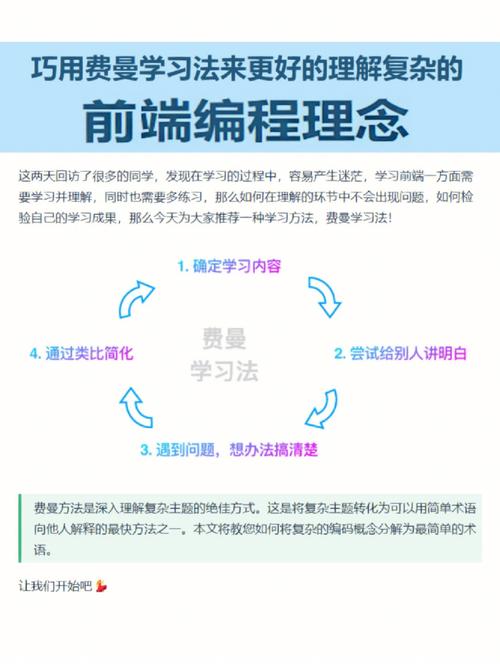
1.1 简述
在Spring Boot中注解@ConfigurationProperties有三种使用场景,而通常情况下我们使用的最多的只是其中的一种场景。本篇文章带大家了解一下三种场景的使用情况。
1.1 场景一
使用@ConfigurationProperties和@Component注解到bean定义类上,这里@Component代指同一类实例化Bean的注解。
基本使用实例如下:
// 将类定义为一个bean的注解,比如 @Component,@Service,@Controller,@Repository
// 或者 @Configuration
@Component
// 表示使用配置文件中前缀为user1的属性的值初始化该bean定义产生的的bean实例的同名属性
// 在使用时这个定义产生的bean时,其属性name会是Tom
@ConfigurationProperties(prefix = "user1")
public class User {private String name;// 省略getter/setter方法
}
对应application.properties配置文件内容如下:
user1.name=Tom
在此种场景下,当Bean被实例化时,@ConfigurationProperties会将对应前缀的后面的属性与Bean对象的属性匹配。符合条件则进行赋值。
1.3 场景二
使用@ConfigurationProperties和@Bean注解在配置类的Bean定义方法上。以数据源配置为例:
@Configuration
public class DataSourceConfig {@Primary@Bean(name = "primaryDataSource")@ConfigurationProperties(prefix="spring.datasource.primary")public DataSource primaryDataSource() {ate().build();}
}
这里便是将前缀为“spring.datasource.primary”的属性,赋值给DataSource对应的属性值。
@Configuration注解的配置类中通过@Bean注解在某个方法上将方法返回的对象定义为一个Bean,并使用配置文件中相应的属性初始化该Bean的属性。
1.4 场景三
使用@ConfigurationProperties注解到普通类,然后再通过@EnableConfigurationProperties定义为Bean。
@ConfigurationProperties(prefix = "user1")
public class User {private String name;// 省略getter/setter方法
}
这里User对象并没有使用@Component相关注解。
而该User类对应的使用形式如下:
@SpringBootApplication
@EnableConfigurationProperties({User.class})
public class Application {public static void main(String[] args) throws Exception {SpringApplication.run(Application.class, args);}
}
上述代码中,通过@EnableConfigurationProperties对User进行实例化时,便会使用到@ConfigurationProperties的功能,对属性进行匹配赋值。
1.5 聊聊@EnableConfigurationProperties
关于@EnableConfigurationProperties注解的使用:
@EnableConfigurationProperties的作用是把springboot配置文件中的值与我们的xxxProperties.java的属性进行绑定,需要配合@ConfigurationProperties使用。
首先我想说的是,不使用@EnableConfigurationProperties能否进行属性绑定呢?答案是肯定的!我们只需要给xxxProperties.java加上@Component注解,把它放到容器中,即可实现属性绑定。
本文发布于:2024-02-01 21:37:18,感谢您对本站的认可!
本文链接:https://www.4u4v.net/it/170679464139571.html
版权声明:本站内容均来自互联网,仅供演示用,请勿用于商业和其他非法用途。如果侵犯了您的权益请与我们联系,我们将在24小时内删除。
| 留言与评论(共有 0 条评论) |